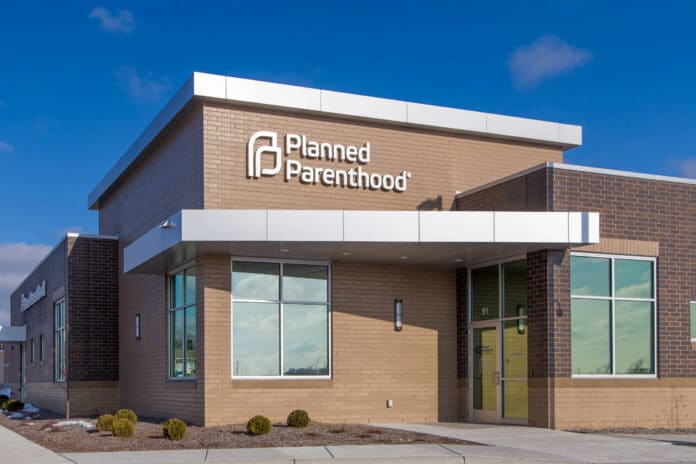(Center of the American Experiment) — Kamala Harris made big news this month for visiting a St. Paul abortion clinic. The Associated Press (AP) reports:
“Vice President Kamala Harris visited a Planned Parenthood clinic on Thursday, marking what her office said was the first time a president or vice president has toured a facility that performs abortions, as the White House escalates its defense of reproductive rights in this year’s election.”
Not to be outdone, the state’s lieutenant governor, Peggy Flanagan, chose her NCAA Div. 1 basketball brackets based on which teams’ home states have the more permissive abortion laws. (Hint: she bets big on the three “Cs”: California, Colorado, and Connecticut. Ironically, her California pick, St. Mary’s, is a Catholic school. She has another Catholic university, Gonzaga, as her national runner up.)
As the AP report hints at, Democrats at both the state and national level are betting big on abortion as an election issue. So, to which voters are these politicians appealing?
For perspective, in the last presidential election year (2020), around 3,280,000 ballots were recorded in Minnesota.
As it happens, the state Department of Health (MDH) keeps detailed records of the demographics of women receiving the procedure each year. The department’s most recent report on abortion (for 2022) contains a wealth of demographic data.
More than 10,000 abortion procedures were performed on Minnesota residents in 2022, up more than 1,000 from 2021.
MDH reports that most of the procedures performed (58.3 percent) took place at the state’s four Planned Parenthood facilities.
Nearly all (97.5 percent) of the procedures were performed on women of voting age. Of those women reporting a marital status, 86.4 percent report being not married at the time of the procedure.
The department’s most recent annual vital statistics report (for 2021) has the more detailed data on the racial breakdown of abortion patients:

As you can see, abortion patients are disproportionately nonwhite, as classified by MDH. The numbers for African-American patients stand out: more than one-quarter of pregnancies end in abortion, a rate four times the state average.
The backdrop for Harris’ visit was no coincidence. The AP notes what Minnesota Democrats did on the issue last year, after gaining complete control of state government:
“[Minnesota] Democrats harnessed that power in January 2023 by rushing through legislation that enshrined in state law the right to abortion and other kinds of reproductive health care. There are no restrictions on abortion at any stage of pregnancy in Minnesota.”
As I’ve noted before, the campaign cash generated by Planned Parenthood plays an important role in the electoral fortunes of the local Democratic (DFL) party. In 2022, Planned Parenthood MN’s four campaign finance vehicles collectively reported raising $2.8 million on behalf of state Democrats.
The newish CEO of the local Planned Parenthood franchise, former DFL Rep. Ruth Richardson, is quoted by the Star Tribune as saying:
“[T]he former Minnesota legislator sees a post-Roe opportunity to reframe Planned Parenthood’s mission: Instead of dated binary arguments, she believes the debate in modern America must focus on health equity.
‘I don’t think people understand the intersections between access to abortion and a full range of health services,’ she said. ‘It’s trying to have a more comprehensive conversation and connect the dots in ways people don’t spend enough time thinking about.'”
Health equity? An odd framing of the issue, given the demographic information presented above.


















